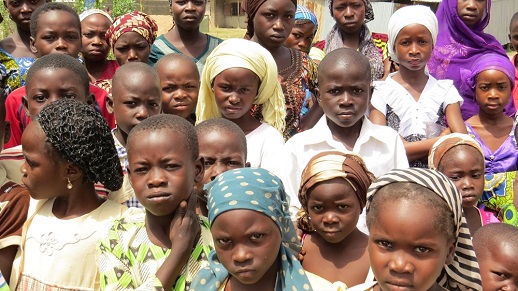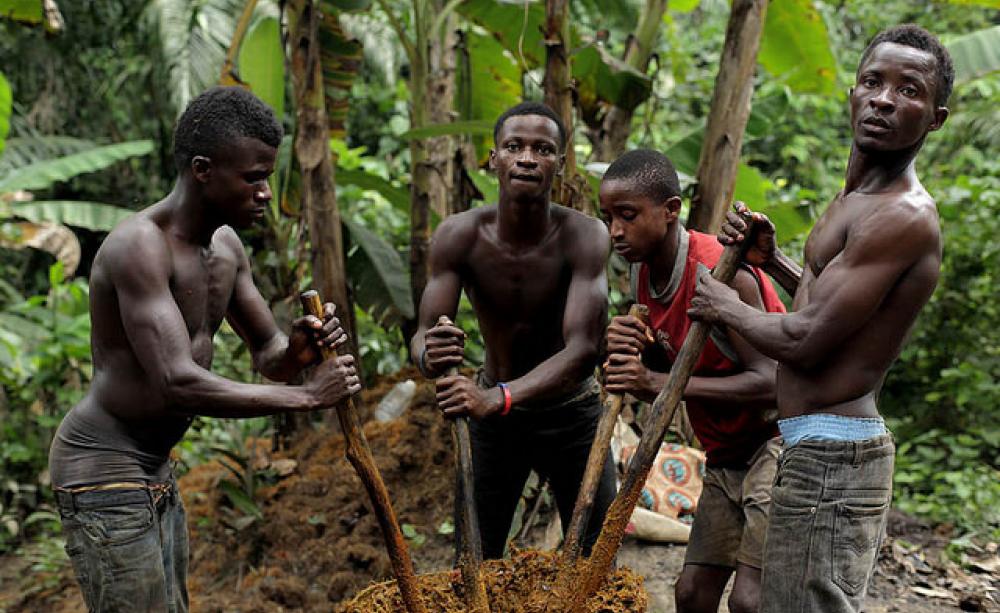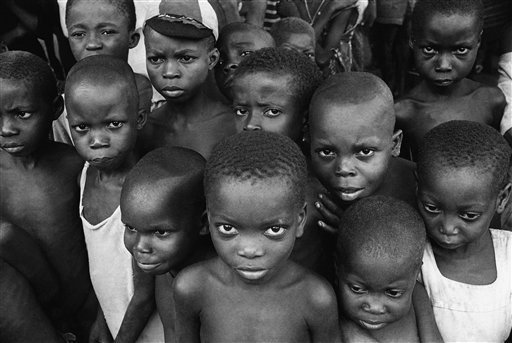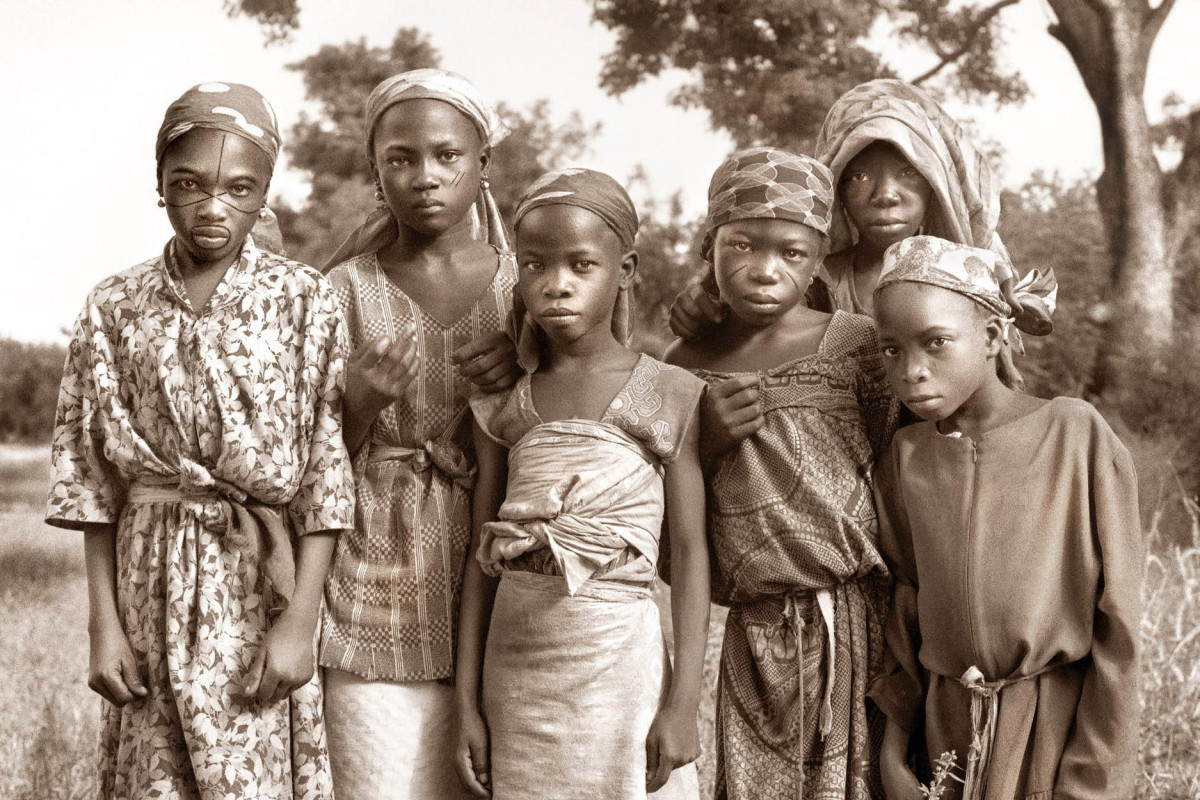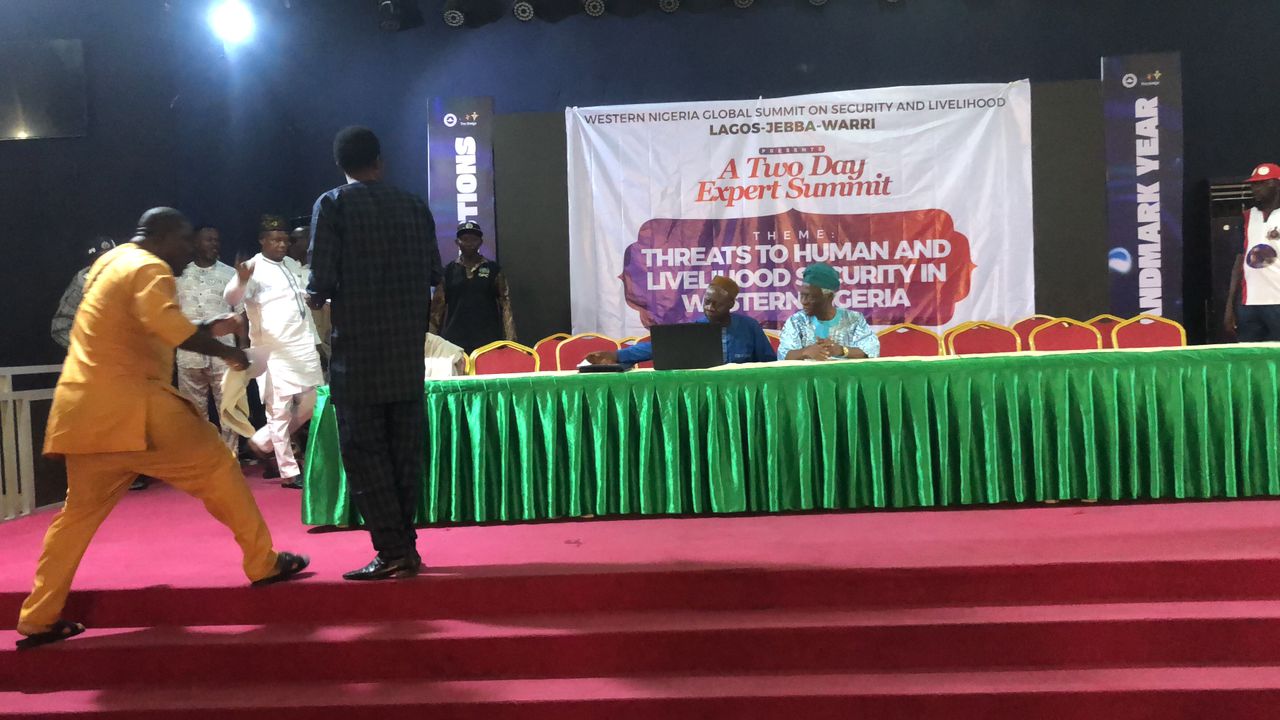
Speech delivered by Adewale Adeoye, the coordinator for Network of Journalists on Indigenous Issues, NETJII and the president of Green Peoples Environmental Network, GREPNET at a two-day training on operational and organisational capacity development by resource centre for human rights and civil education (CHRICED) sponsored by MacArthur foundation.
Theme: Powerful skills that can drive real change: Communication, Advocacy, Report Writing: Keeping ideas flowing, amplifying important voices and reporting clear and impactful information
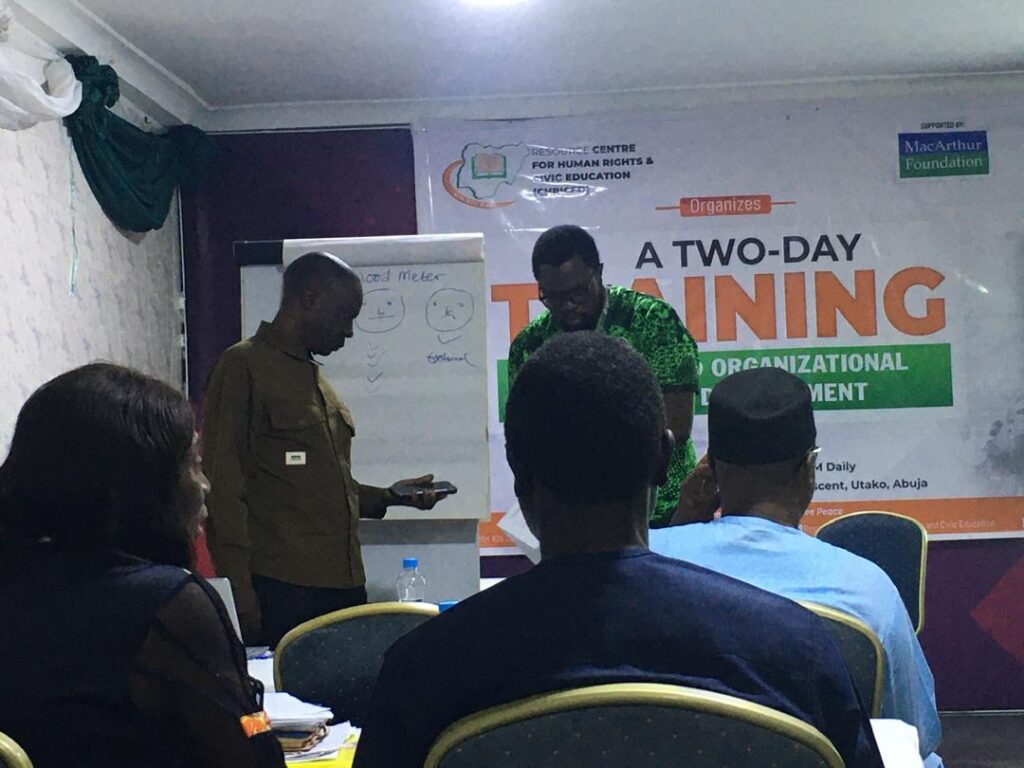
WHY INDIGENOUS ISSUES?
They are people with cultural difference from other groups in a state with a unique attachment to their land and their ancestral territory who often experience exclusion, oppression and subjugation by other dominant groups and culture.
There are some 5,000 indigenous peoples in the world.
Significant International Intervention
In 1989, the International Labour Organisation, (ILO) Convention on Indigenous and Tribal peoples came to protest rights to land, territories, education, language, culture and intellectual property right of indigenous People.
In 2007, the UN adopted the Declaration on the Rights of Indigenous Peoples to shield their identities and natural resources.
Though Nigeria has been a member of the ILO since 1960, it is yet to ratify the ILO Convention C169 on indigenous peoples even though Nigeria has ratified at least 44 ILO conventions.
The Permanent Forum on Indigenous Issues was established in 2000 as Advisory Body to UN Economic and Social Council (ECOSOC); It is made up of 16 members, half appointed by the Government and half by Indigenous Organisations; the first Decade of Indigenous Peoples declared in 1995 to 2004 and the second decade between 2005 and 2014.
In 2000, Chile set a good example when its Supreme Court in favour of indigenous peoples. We can work harder to achieve this feat in Nigeria.
It is the promotion of this best global practices regarding the rights of Indigenous Issues that partly informed this gathering with thematic focus on Abuja Original Inhabitants.
COMMUNICATION
- Communication in project implementation involves three forms: Communication within which focuses on the administrative community, the workers, the programme officers, the project implementation team. This has to be driven by the Directors. It is key to project outcome.
- The second form is Communication without which has to with communication with primary and secondary beneficiaries of the project, the participants, the resource persons, stating clearly the mission and the objectives of the project and the project expectations, the deadlines and the quality of form and content.
- What the project wishes to achieve should be well communicated to the resource persons. The resource persons need to be people that can deliver, provide qualitative presentations that would add value; the participants need to be direct beneficiaries, real actors, their leaders, members of the target community.
- Media and Public is part of Communication without. This relates to the media and the public. There are usually short term and long-term projects. In both instances, media and public communication should be simple and honest, without hyperbole. The communication should set agenda and define the mission.
- The communication officers should be aware of the strength and weaknesses of each media, the outreach, the audience and the regional or community focus of such print and electronic media.
- The mainstream national media have their strength, weaknesses, opportunities. There are some 11 National print media for instance: The Nation, The Punch, Daily Trust, Thisday, Tribune, Leadership, Sun, New Telegraph, Vanguard, Daily Independent and Business Day. Each has its own focal points.
- Nigeria also has a variety of TV and radio stations each with its own unique features.
- There are online media; Premium Times, The Cable, Sahara Reporters, Oriental News, Irohinoodua, Nairaland. There are also very influential outlets like Africanworld forum, Nigerianworld forum.
- Keeping an updated data bank of media actors is key to Communication.
- Understand the structure of media institutions and the main actors/Gate keepers.
- Socialisation as element of media networking.
- The communication strategy should also take into consideration the social media services to create linkages with relevant regional, international and continental bodies.
- The organisations statements capturing project implementation and outcome should reach selected audience, regional and international networks, organisations working on indigenous issues at home and abroad, like International Alliance on Indigenous and Tribal Peoples of the Tropical Forest, (IAITPTF), United Nations agencies.
- Media Communication should define and set agenda for the story by providing the necessary context, provide the story line that will capture the media headlines. Provide the raw materials. Have a record of strategic programmes, schedule interviews in popular programmes, arrange interviews with project beneficiaries, encourage journalists to do follow ups by visiting the project beneficiaries and encourage them to relate their experiences. The organisation should write opinions and encourage editorials.
- The media concept should take into consideration info graphics, skits, short video clips with deep and affectionate impact on the people.
ADVOCACY
- Advocacy impacts individuals and communities, it leads to policy changes, increase the echo of voices from the valleys. It addresses right violations, leads to greater awareness, promotes equality and positive changes.
- Advocacy also helps to strengthen networking, broaden relationships and solidify ties.
- Advocacy should be a standalone programme not necessarily driven by particular projects. Every civil society group should adopt advocacy as one its internal mechanisms. Advocacy should aim to convert policy makers from observers to active participants.
- This is very important in project implementation. The advocacy has to be defined within the workplan. Advocacy is usually to give praxis to the form of the project. There should be a particular team with a leader dedicated to Advocacy. The media should also be well informed ahead of such events. It could be to government or non-governmental organisations or to beneficiary communities.
- It could also be advocacy designed to promote a particular cause in the interest of a people or designed to raise awareness about a particular visit. It is important to have short and impactful messages, slogans that the people can easily identify with.
- In every advocacy outreach, peer review and feedback are very important.
REPORT WRITING
- There must be a clear outline of the project scope, timelines and measurable achievements.
- Report writing is easy when the project implementation is effective and qualitative. There are important steps to be taken:
- Report writing begins from day one, by collecting and documenting every information no matter how little. Such information begins from the letter from the funder, the guidelines, the budget, the work plan and ensuring that a Project Implementation Team is set up in the first place.
- It is key to have an accountant in the Project Implementation Team.
- Where an organisation has no accountant, hiring a Chartered Accountant is not enough. It is important to have an accountant with experience on the Accounting techniques of International funders’ community
- There should be full disclosure for the project team
- Frequent meetings and review during the project implementation is important. It helps the project Team helps to streamline the project and ensure proper documentation.
- The report should have Executive Summary which should lead the entire document.
- Report Writing needs to consider accuracy, clearly defined focus in line with the funders’ guidelines presented in logical sequence, easy and comprehensive manner.
- The report should have its own organisational structure with clearly defined sections. It should be presented in a formal tone.
- The report must have supportive documents, print and electronic media reports, relevant data.
- Formatting: The writer should use the same format and font.
- The report should have a list of references used including the methodology for data analysis.
- Ensure multiple changes are deleted for the Final report/Editing of report.
- There should be a conclusion which abridges the key issues.
- There should be experiences learnt, gains, challenges, obstacles faced in the cause of project implementation and recommendations.
- The report should be shared among the Project Implementation Team for a collective decision.
- The report should also include the Tasks ahead for the sustainability of the project.
- Importance of Annual Report detailing all project activities for the Year
FOOTNOTES
- The advantage of your website-reflects the work you do and provides the window necessary for the international community to access your profile and programmes. Ensure the Website backup is secured with the organisation.
- The International Day of the World’s Indigenous Peoples is observed on August 9th every year. This date marks the first meeting of the UN Working Group on Indigenous Populations in 1982. The UN General Assembly decided to observe this day in 1994.
- UN declared May 3 every year as World Press Freedom Day.
Contact Grepenet on
Email: [email protected]
Phone Number: 09011704997

